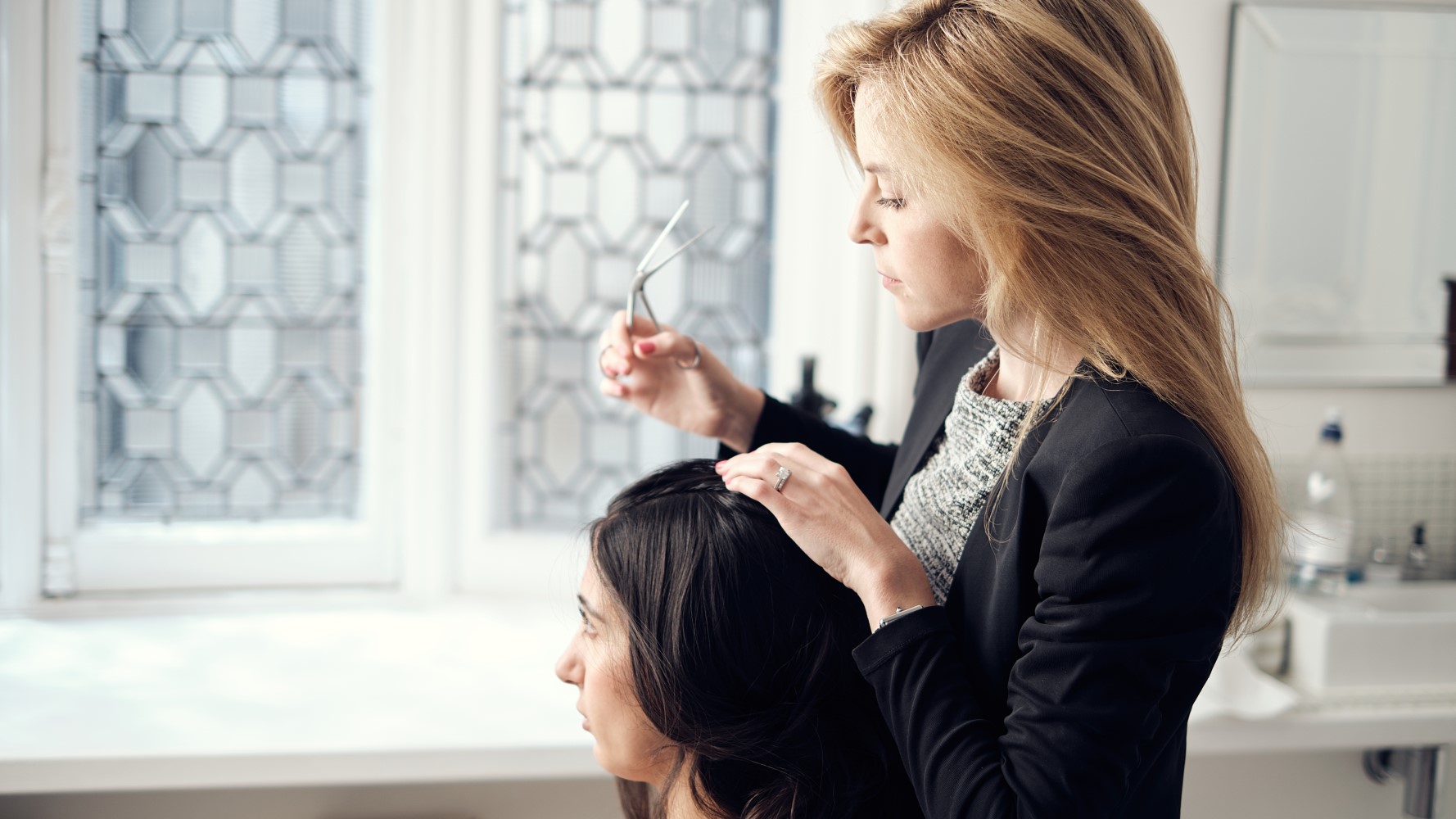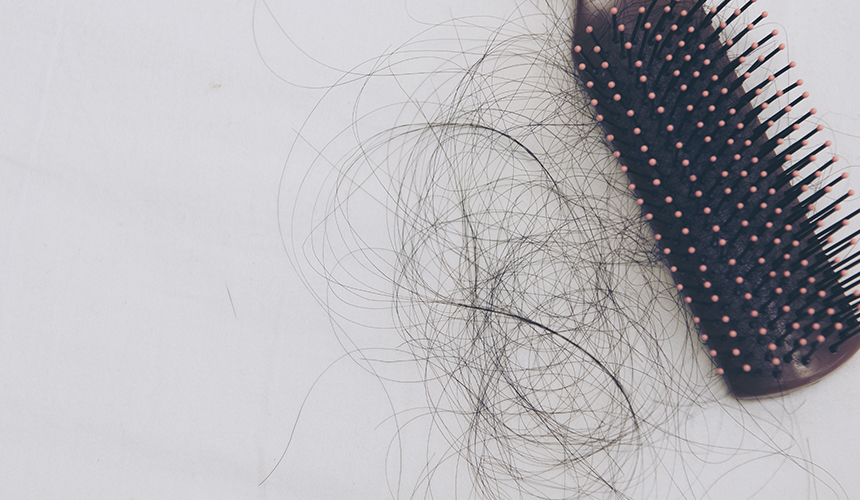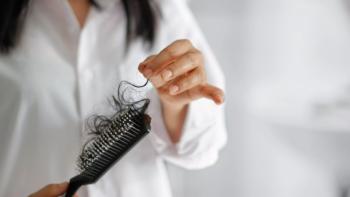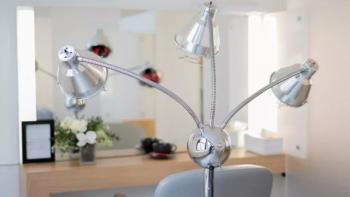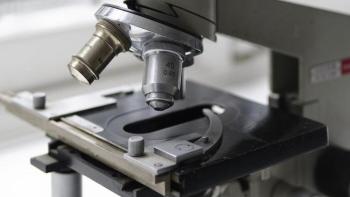Trichological Hair Loss Service
Complete our online assessment today and speak to one of our expert Trichologists, getting right to the root cause of hair loss and supporting you every step along your journey.
We know that any form of hair thinning or loss can be extremely worrying and stressful. That is why we are here to help. At our Clinics in London and New York, our world-renowned Trichologists treat Clients every day who are experiencing different forms of hair loss.
It is always best to see a Trichologist (or your doctor) if you think you are experiencing hair loss. Identifying hair loss conditions can be difficult, even to the trained eye. It takes careful questioning and examination to unravel the problems and causes. In our Clinics, we always aim to get to the root of the problem, and provide a care plan to help you achieve the best head of hair possible.
However, there are some clear, specific signs of certain hair loss conditions that are relatively easy to spot. If you are worried, or simply curious, read on to find out more about the tell-tale signs, and possible causes, of the three most common kinds of hair loss.
Excessive Hair Shedding
What are the symptoms?
In telogen effluvium (excessive hair shedding) you will see an abnormal amount of hair fall on a daily basis. You may see this when you wash your hair, or brush and style it. You may even notice it on your pillow. If left untreated, TE can result in an overall loss of volume and the general feeling that you have less hair than you used to have. You may notice that your ponytail is thinner, and/or that it is harder to create bounce or fullness in your style.
What are the causes?
Telogen effluvium is triggered by an internal disturbance in your body. This disturbance may be short-term, such as a high fever or traumatic event; or long-term, such as a thyroid condition or dietary issue.
The good news is that telogen effluvium is a temporary hair loss condition. It almost always settles down once the underlying issue is found and resolved. In order to identify the cause of it in our Clients, we usually request blood tests. This helps us check for nutritional deficiencies and other underlying health conditions. You can read more about how to treat telogen effluvium in our Hair Guide.
Female & Male Pattern Hair Loss
What are the symptoms?
If you have pattern hair loss (androgenetic alopecia), this does not mean that your hair is falling out. Instead, it means that over time, your individual hairs are growing back thinner and thinner, causing you to have a reduced volume of hair overall.
- Your scalp may start to become more visible through your hair.
- Your parting may become wider.
- Women tend to see spread-out thinning around the temples and crown of the head.
- Men’s hairlines tend to recede from the front, as well as thinning around the temples and crown.
Androgenetic alopecia is a progressive condition, so the earlier you begin treatment, the more hair you are likely to keep. Our Trichologists have a high success rate in improving and halting it (and sometimes even reversing it) using our Clinical products.
What are the causes?
Androgenetic alopecia is a genetic condition. It can be inherited from either parent and can occur at any time after puberty.
It is caused by a sensitivity in your hair follicles to a certain form of testosterone called dihydrotestosterone (DHT). Both men and women produce testosterone. However, the levels are higher in men, which is why androgenic thinning is usually more pronounced in men and usually starts at an earlier age..

Hair Breakage
What are the causes?
Traumatic alopecia (hair breakage) is a form of hair loss caused by breakage of the hair shaft as a result of trauma to the hair. The most common types of trauma are excessive heat, and use of chemicals such as bleach, hair dyes and relaxers.
What are the symptoms?
- Hair damaged by heat and chemicals often has a very dull appearance.
- It loses its natural bounce and lustre.
- The ends of the hair can look frazzled, wiry and distorted, especially if the hair has been stretched or pulled tight using thermal tools.
- It typically doesn’t retain a curl or style well.
- It will probably feel dry and dehydrated.
The good news is, your hair grows around half an inch per month, so damaged areas will grow out. Regular trims can ward off split ends, and heat-protection products can help stop the condition from recurring and/or worsening. Also, try limiting your use of heat and chemicals to give your hair time to recover. In order to help fast-track your hair back to better condition, use a hair mask, such as our deep-conditioning treatment Elasticizer twice a week.
When to see a Trichologist?
If you are concerned about hair loss and/or your scalp, we are here to help.
If you are near our London or New York Clinic, you can book an in-person Initial Consultation & Clinical Treatment. During this 60-minute Consultation, your Trichologist will examine your hair and scalp, take a detailed history, and prescribe a treatment plan. A Trichotherapist technician will then administer a bespoke, 60-minute hair and scalp Treatment, show you how to use your products, and style your hair healthily.
If you are unable to visit our Clinics, we can still help with our Remote Video Consultations. Before your appointment, a Trichologist will email you detailed forms to fill out, and will request photos of your hair and scalp for analysis. During your Consultation, they will discuss your concerns, and prescribe a bespoke treatment plan and hair care regime.
UK based? Find out more information about booking an appointment here.
US based? Find out more about our New York Clinic here.




